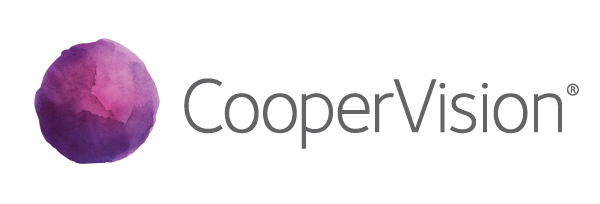References
- Jan C, Li S-M, Kang M-T, Liu L, Li H, Jin L, et al. Association of visual acuity with educational outcomes: a prospective cohort study. Br J Ophthalmol.: Published Online First: 18 January 2019
- Lipson MJ, Sugar A, Musch DC. Overnight corneal reshaping versus soft disposable contact lenses: vision-related quality-of-life differences from a randomized clinical trial. Optom Vis Sci. 2005 Oct;82(10):886-91.
- Xu L, Wang Y, Wang S, Wang Y & Jonas JB, ‘High Myopia and Glaucoma Susceptibility: The Beijing Eye Study’ Ophthalmology, Volume 114, Issue 2, February 2007;
- Jones, et al, Parental History of Myopia, Sports and Outdoor Activities, and Future Myopia. Invest. Ophthalmol. Vis. Sci. 2007;48(8):3524-3532. doi: https://doi.org/10.1167/iovs.06-1118.
- Xiong, Shuyu & Sankaridurg, et al, (2017). Time spent in outdoor activities in relation to myopia prevention and control: A meta-analysis and systematic review. Acta Ophthalmologica. 95
- Hu Y, Ding X, Guo X, Chen Y, Zhang J, He M. Association of Age at Myopia Onset With Risk of High Myopia in Adulthood in a 12-Year Follow-up of a Chinese Cohort. JAMA Ophthalmol. 2020;138(11):1129–1134. doi:10.1001/jamaophthalmol.2020.3451
- Sankaridurg P. Contact lenses to slow progression of myopia. Clin Exp Optom. 2017 Sep;100(5):432-437
- Zhao F, Zhao G, Zhao Z. Investigation of the Effect of Orthokeratology Lenses on Quality of Life and Behaviors of Children. Eye Contact Lens. 2018 Sep;44(5):335-338.















